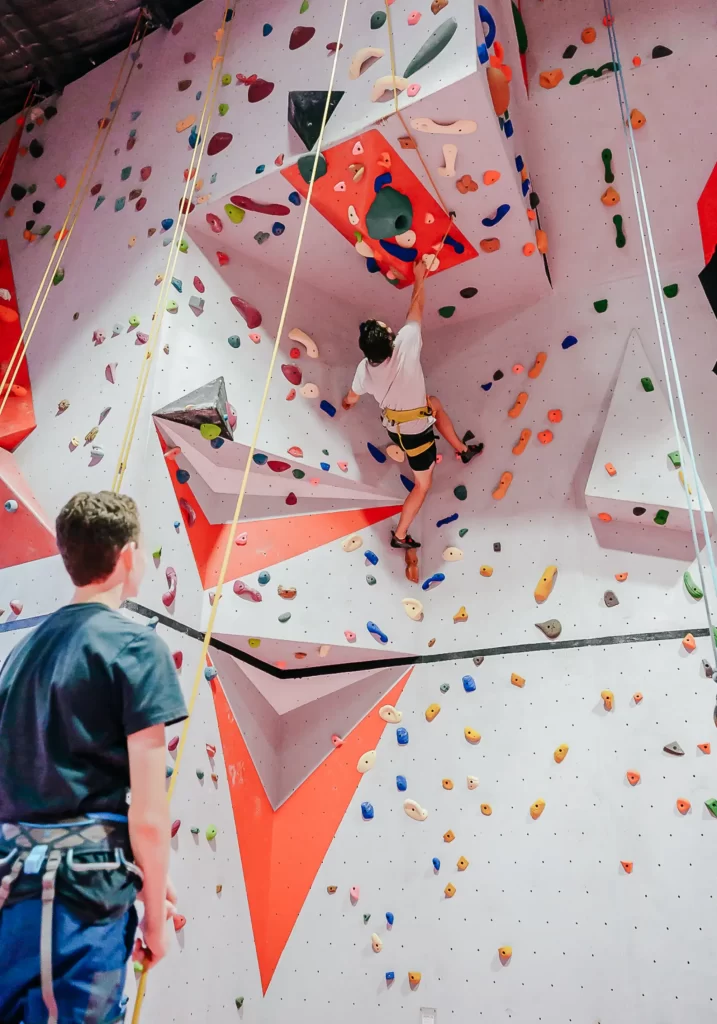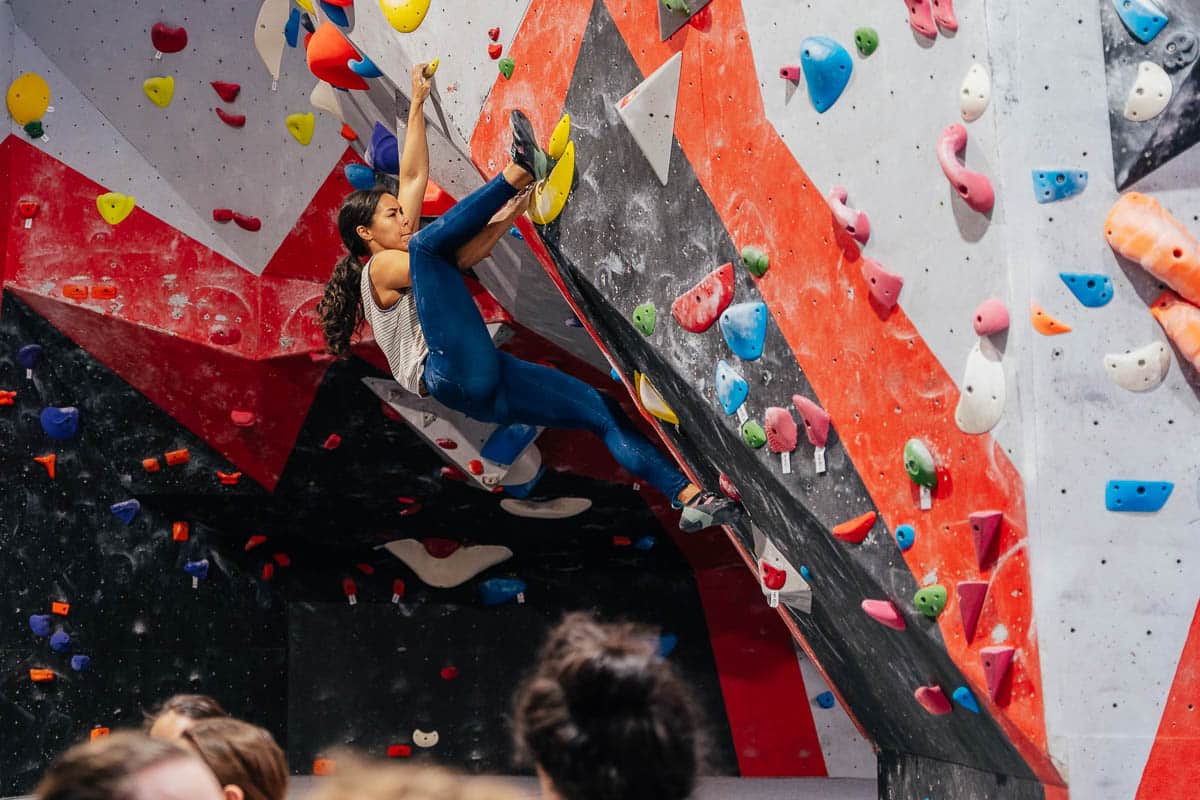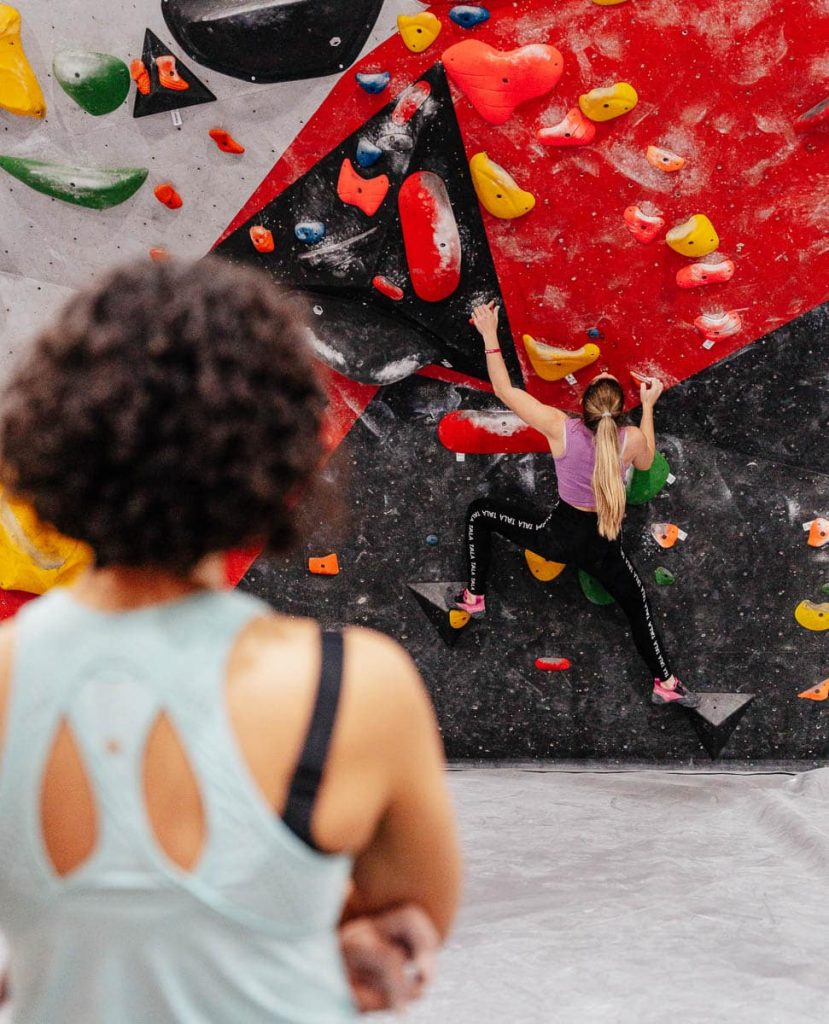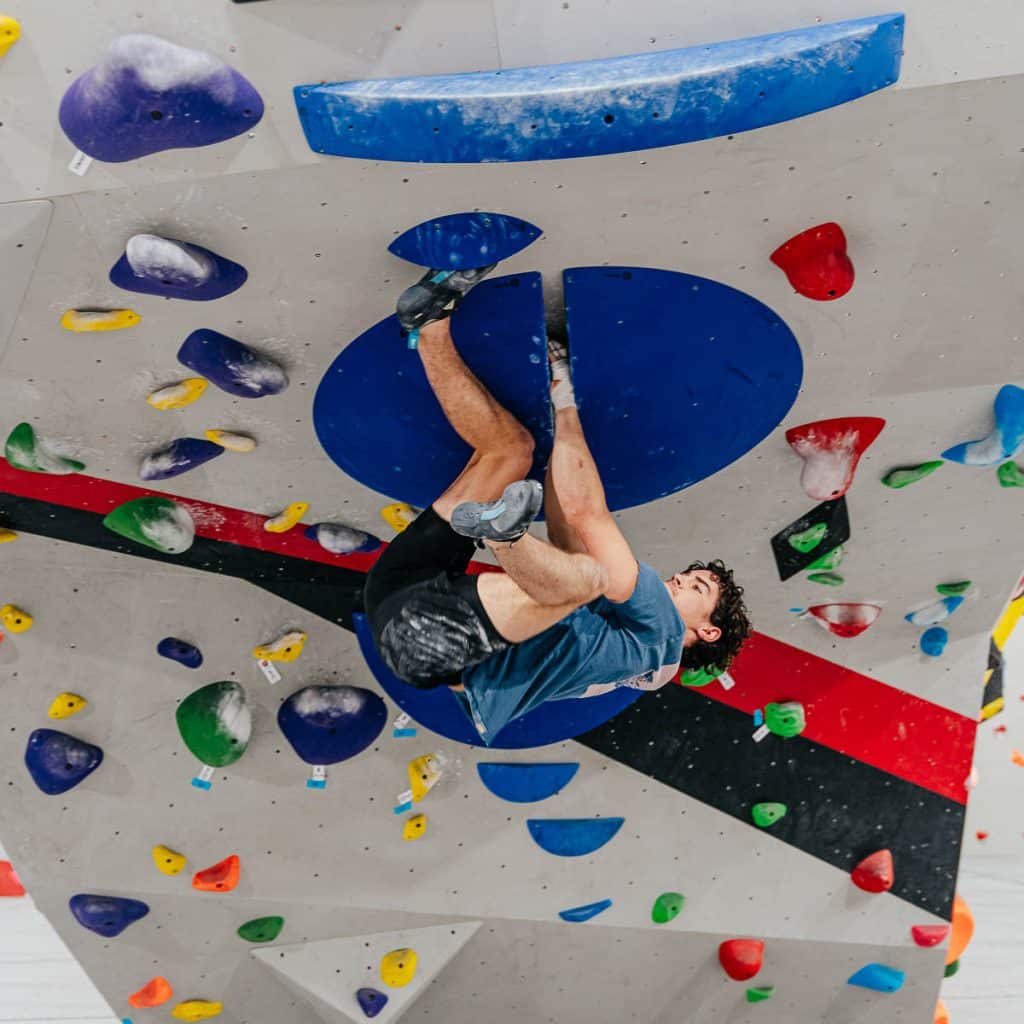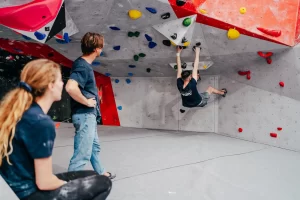Sea Monsters
Sea Monsters
Finally the rain had broken and climbers descended on the local crags in droves. A sunny day was forecast with temps pushing 30 degrees, there was really only one option, the sea cliffs around Port Stephens. Climbing through summer in hot temps is about maintenance. Keeping your finger strength and fitness up so you can hit the ground running with your Autumn training program. Most visits to the crag usually contain a brief amount of climbing and plenty of swimming. Usually the swimming part of the day is left till after you have worked up a sweat. But not this past weekend, mother nature had other plans.
After a bit of a late start we arrived at the crag around 11am and with the sun still roasting the walls we decided to wait it out for a while till the cliff came into shade. The previous week’s heavy rain had left a lot of the cracks seeping and a lot of the moderate lines sopping wet. We continued scoping the prime lines for the afternoon and some future projects for another day.
It’s easy to overlook things when you’re excited about climbing. Driving to the crag you can veer onto the wrong side of the road when a mate shows you a route in a guidebook. Walking along at the crag you can trip over a stick while you stare gaping mouthed up at an inspiring line. It always seems that getting to and from the climbing is the most dangerous part of the day. Well, this was no different.
A few people in our group had not been to the crag before so we decided to wander further south along the rock platform to spy some other plumb lines. Clambering along and stopping from time to time to have a look up at the cliff line we all failed to recognise the large, brooding beast that accompanied us. The ocean.
Within 15 seconds our elated mood, buoyed by the prospect of a day of new climbing, was shattered. Someone was in the water getting dragged out in the blink of an eye. We were walking on a part of the rock platform that was wet, but we hadn’t seen any waves come that high all morning. The first wave came up to our ankle height and as it receded we all cursed having wet shoes. The huge amount of water sucked out and exposed the barnacle infested lower part of the platform. The second wave was bigger, much bigger.
It came in at waist height and swept us all off our feet. It pushed us first towards the cliff line, then dragged back out towards the churning, thumping white water. Most of us were lucky enough for our hands or feet to fall on an edge. Enough to hold onto at least. Scotty wasn’t. He curled into a ball to protect his head as he got dragged back across the rock platform. The big amount of water meant that he was dragged out away from the platform. So, when his head popped up 50m out, everyone left on the soaking rocks breathed a brief sigh of relief.
The prospect of a long swim around the headland to the closest beach was averted. Being a popular fishing area there were a number of fishing boats that came to assist and picked Scotty out of the water.
All in all, we were all really lucky to come away from the experience relatively unharmed. Scotty ended up with a few stiches and some glue to hold together some deep gashes. Everyone else had minor grazes on elbows and knees and two cameras, and two pair of sunglasses were claimed by the ocean.
I guess you have to take something from these experiences. Check the weather before you go for a climb, ALL THE WEATHER. If you are climbing on sea cliffs, check the tides and swell along with the air temp and rain forecast. Climbing can be dangerous but we generally expect it to be dangerous so we spend plenty of time assessing the risk associated with it. So, when we climb, for the most part it’s a safe activity. But how often do you assess the risks involved with standing at the bottom of a cliff? Falling rocks, bogans throwing things from the top, or even freak waves surging up and taking you into the ocean. Give some thought to the total climbing experience people.

